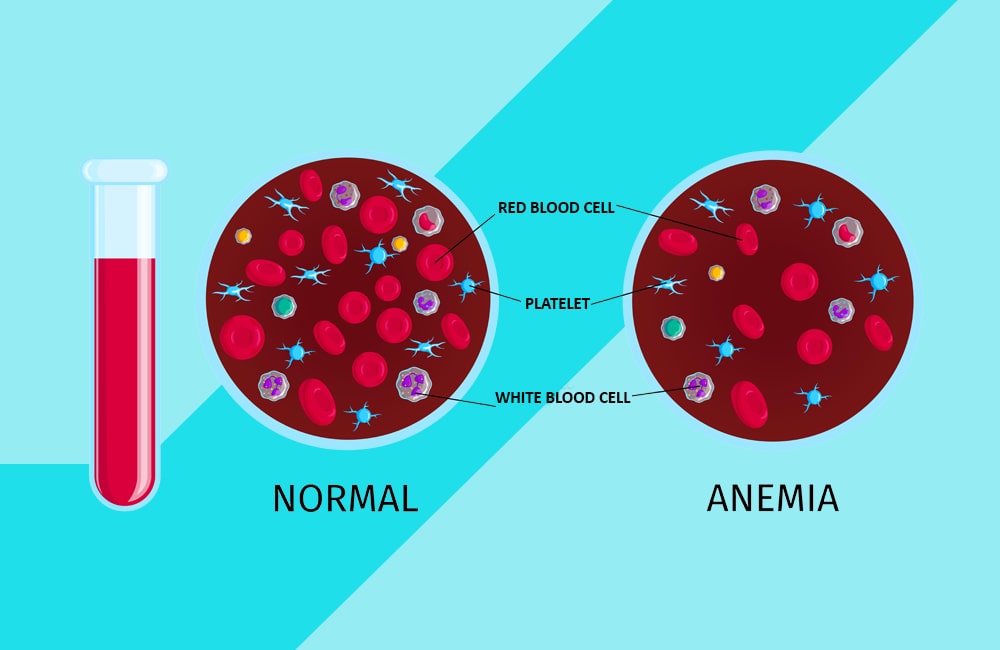Why Iron Therapy Fails: Unpacking the Challenges in Iron Deficiency Anemia Treatment
Why Iron Therapy Fails: Unpacking the Challenges in Iron Deficiency Anemia Treatment “I have been taking oral iron for three months, and my hemoglobin only went from 7 to 8.1…” “I’ve been on iron off and on for the last 20 years, but I never fully recovered. I’m tired of…


